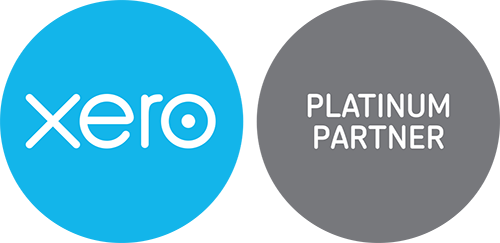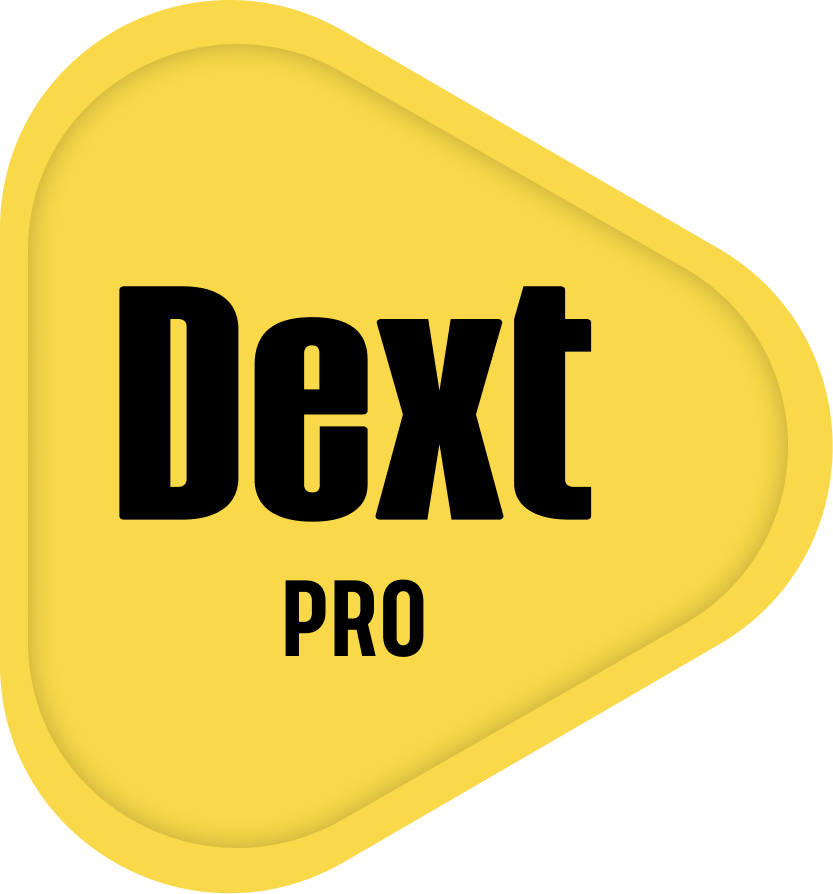One of the issues you will need to consider if you are starting a new business is the business structure. There are three commonly used forms to choose from, each with advantages and disadvantages.
- A sole trader – this is the simplest way of starting and running a business. However, you are personally responsible for your business’s debts.
- A limited company – this means that the business is a distinct legal entity in its own right; quite separate from you as a person, but there are more reporting and management responsibilities. It also means that you cannot simply draw money from the business without considering tax and legal implications.
- Partnership – There are two main types of partnership, a conventional version where you work with one or more partners in the business. This is the simplest way to run a business for two or more people, however, partners can be personally liable for partnership debts. There is also a limited liability partnership or LLP, this is a more complex structure that provides you and your partners with the protection of limited liability, just as with a company.
Which business structure is best suited to you will depend on a host of factors. This could include your cashflow projections, your longer-term plans for the business, whether or not you need the protection of limited liability, your willingness to comply with legal and administrative obligations and the nature of any inward investment you are seeking.
If you are contemplating a new business venture, please call so we can help you choose the right structure for your business.





